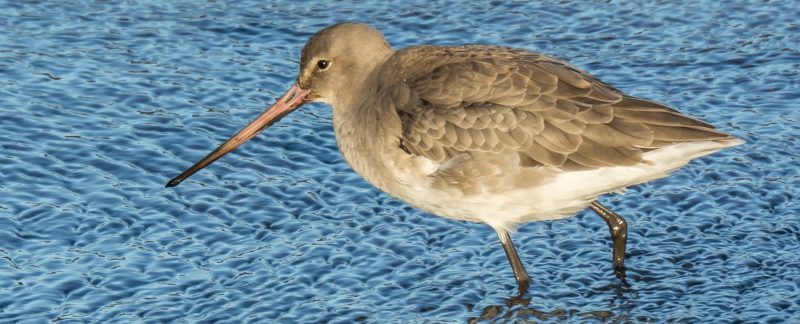On the evening of 8 November 2025, WWRG caught 20 Black-tailed Godwits while mist netting at Terrington. One of them was a very special, colour-ringed bird that sets the BTO longevity record every time it is seen.
Metal ring EP85107 was added to a juvenile Black-tailed Godwit on 30 August 1996, in a cannon-net catch at Holbeach, Lincolnshire. It was the first godwit to arrive at the processing team and Jenny Gill added a set of white and green colour rings, turning it into W-GW/W. Jenny was just starting a post-doctoral project at the University of East Anglia to investigate how the expanding population of godwits was spreading into new sites, and needed to be able to recognise individuals. Over sixty birds were colour ringed on that day. Subsequently, there were winter sightings from Ireland, France and Portugal but many of these colour-ringed individuals were found on the estuaries of East and South England, which is where Jenny’s field studies were to be based.
Continue Reading →




